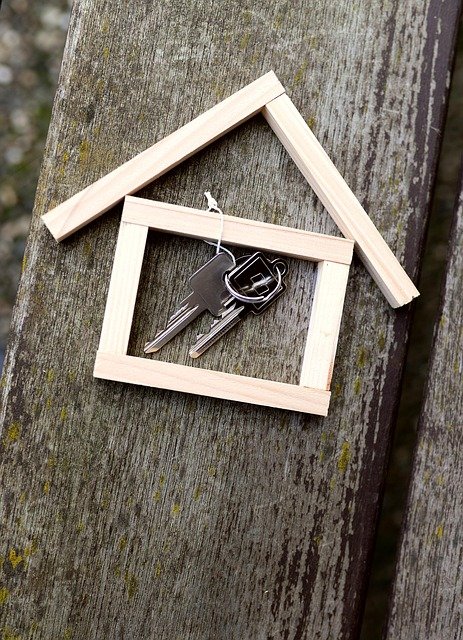Enhancing Home Security: Key Features of High-Security Exterior Doors
The first line of defense for any home is its exterior doors. As homeowners increasingly prioritize safety, understanding the key features of high-security exterior doors becomes crucial. This article explores the materials, locking systems, and installation considerations that contribute to creating a more secure home environment.

What materials make security doors impenetrable?
When it comes to high-security exterior doors, the choice of materials plays a pivotal role in their effectiveness. Steel doors are often considered the gold standard for security, offering exceptional strength and durability. These doors are typically constructed with a steel skin over a wood or steel frame, providing resistance against forced entry attempts.
Another popular option is fiberglass doors, which offer a balance between security and aesthetics. While not as strong as steel, high-quality fiberglass doors can be reinforced with internal steel frames to enhance their security features. They also have the advantage of being more resistant to weathering and warping compared to wood doors.
For those who prefer the classic look of wood, there are still secure options available. Solid wood doors, particularly those made from hardwoods like oak or mahogany, can provide substantial security when properly constructed and installed. However, they may require more maintenance to prevent warping or cracking that could compromise their integrity over time.
What advanced locking systems are available for front doors?
The locking system is a critical component of any high-security exterior door. Traditional deadbolts have evolved into more sophisticated mechanisms designed to thwart even the most determined intruders. Multi-point locking systems, which secure the door at several points along its edge, have become increasingly popular for their enhanced security features.
Smart locks represent the cutting edge of door security technology. These electronic locks can be controlled remotely via smartphone apps, allowing homeowners to lock or unlock their doors from anywhere. Many smart locks also offer features like temporary access codes for visitors or service providers, and activity logs that track who enters and exits the home.
Biometric locks, which use fingerprint recognition or other unique physical identifiers, offer another layer of security. These systems ensure that only authorized individuals can gain entry, eliminating concerns about lost keys or compromised access codes.
What installation considerations ensure maximum security?
Even the most robust door and advanced locking system can be compromised if not installed correctly. Professional installation is crucial to ensure that the door fits properly within its frame, with minimal gaps that could be exploited by intruders.
The door frame itself should be reinforced, particularly around the strike plate where the lock’s bolt enters the frame. Using longer screws that anchor the frame to the house’s structural framing can significantly increase the door’s resistance to forced entry attempts.
Additionally, consideration should be given to the surrounding elements of the entryway. Security can be enhanced by installing a peephole or video doorbell to allow occupants to identify visitors before opening the door. Proper lighting around entrances can also deter potential intruders by eliminating hiding spots and increasing visibility.
How do high-security doors integrate with home security systems?
Modern high-security exterior doors often come equipped with features that allow them to integrate seamlessly with broader home security systems. This integration can include sensors that detect when the door is opened or tampered with, triggering alarms or notifications to the homeowner or security monitoring service.
Some advanced door systems can be connected to smart home hubs, allowing them to be part of automated security routines. For example, the system could be programmed to automatically lock all doors and arm the security system when the homeowner leaves the premises.
What maintenance is required for high-security exterior doors?
To maintain the effectiveness of high-security exterior doors, regular maintenance is essential. This includes checking and lubricating hinges and locking mechanisms to ensure smooth operation. For electronic components like smart locks, this may also involve updating software and replacing batteries as needed.
Periodic inspection of the door, frame, and surrounding areas is important to identify any signs of wear or damage that could compromise security. Weatherstripping should be checked and replaced as necessary to prevent gaps that could allow for prying or manipulation of the door.
Homeowners should also stay informed about advancements in door security technology and consider upgrading components or entire systems as more effective solutions become available. This proactive approach helps ensure that the home’s first line of defense remains robust against evolving security threats.
In conclusion, high-security exterior doors represent a critical investment in home safety. By carefully considering materials, locking systems, installation methods, and ongoing maintenance, homeowners can significantly enhance their protection against unauthorized entry. As technology continues to advance, the options for securing entrances will likely expand, offering even greater peace of mind for those looking to safeguard their homes and loved ones.




